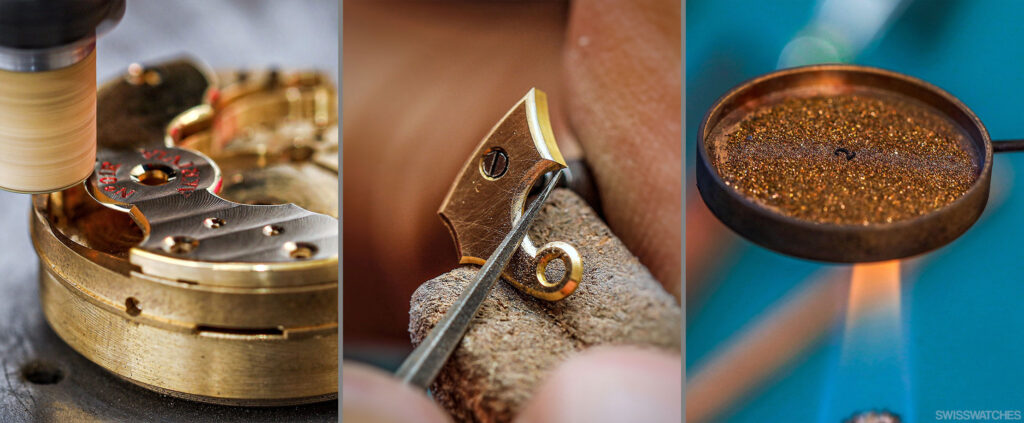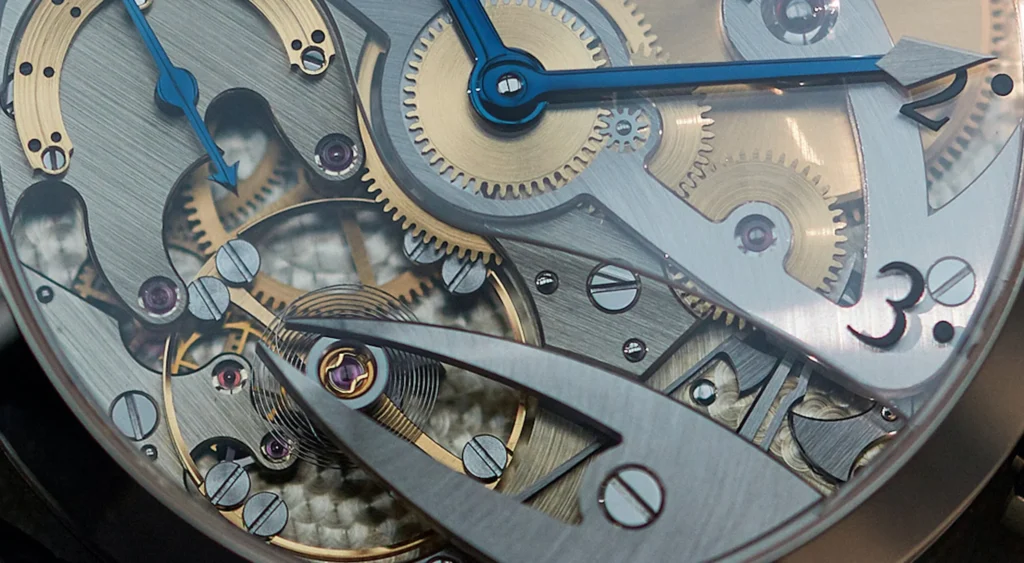The world of independent watchmaking is a fascinating and intricate realm where traditional craftsmanship meets cutting-edge innovation. Behind every independent watch lies a blend of skill, precision, and artistry that sets it apart from mass-produced timepieces. In this article, we’ll delve into the skills and techniques used in the production of independent watches, highlighting the craftsmanship and expertise that go into creating these horological masterpieces.
1. Handcrafting
At the heart of independent watchmaking is the art of handcrafting. Unlike mass-produced watches that rely on automated processes and assembly lines, independent watchmakers often take a more hands-on approach to production. Many independent watches are meticulously crafted by skilled artisans who spend hours, days, or even weeks working on each individual component. From hand-polishing cases to hand-engraving dials and hand-finishing movements, handcrafting is a hallmark of independent watchmaking that adds a personal touch and attention to detail to each timepiece.

2. Movement Design and Assembly
One of the most critical aspects of independent watchmaking is movement design and assembly. Independent watchmakers often design and manufacture their movements entirely in-house, allowing them to have complete control over every aspect of the movement’s design and construction. This process requires a deep understanding of horological principles, as well as expertise in areas such as gear train design, escapement mechanisms, and regulating systems. Skilled watchmakers meticulously assemble each movement by hand, ensuring that every component fits together perfectly and functions harmoniously to keep accurate time.
3. Complication Development
Independent watchmakers are renowned for their innovative complications and complex mechanisms. From tourbillons and perpetual calendars to minute repeaters and celestial displays, independent watches often feature complications that push the boundaries of traditional watchmaking. Developing these complications requires a combination of technical expertise, creativity, and precision engineering. Skilled watchmakers meticulously design and prototype each complication, fine-tuning every detail to ensure optimal performance and reliability. This process can take months or even years of research, development, and testing, but the end result is a timepiece that showcases the pinnacle of horological innovation.
4. Decorative Techniques
In addition to technical excellence, independent watches often feature exquisite decorative techniques that enhance their aesthetic appeal. From intricate hand-engraving and guilloché patterns to delicate enamel work and gemstone setting, decorative techniques play a vital role in the production of independent watches. Skilled artisans meticulously execute these techniques by hand, imbuing each timepiece with a sense of artistry and individuality. Whether it’s a hand-engraved caseback or a meticulously painted dial, decorative techniques add a touch of elegance and sophistication to independent watches that sets them apart from mass-produced alternatives.
5. Materials Selection

Independent watchmakers are also known for their meticulous attention to materials selection. From high-quality metals and alloys to exotic woods and precious gemstones, independent watches often feature a wide range of materials that contribute to their uniqueness and exclusivity. Skilled artisans carefully source and select materials based on factors such as durability, aesthetic appeal, and compatibility with the watch’s design and functionality. Whether it’s a case crafted from titanium or a dial adorned with diamonds, materials selection plays a crucial role in the production of independent watches, ensuring that each timepiece is of the highest quality and craftsmanship.
In conclusion, the production of independent watches is a multifaceted process that combines traditional craftsmanship with modern innovation. From handcrafting and movement design to complication development and decorative techniques, independent watchmakers employ a wide range of skills and techniques to create timepieces that are as unique as they are exceptional. Whether it’s the precision of a hand-assembled movement or the artistry of a hand-engraved dial, every aspect of production reflects the dedication, expertise, and passion of the artisans who bring these horological masterpieces to life.
